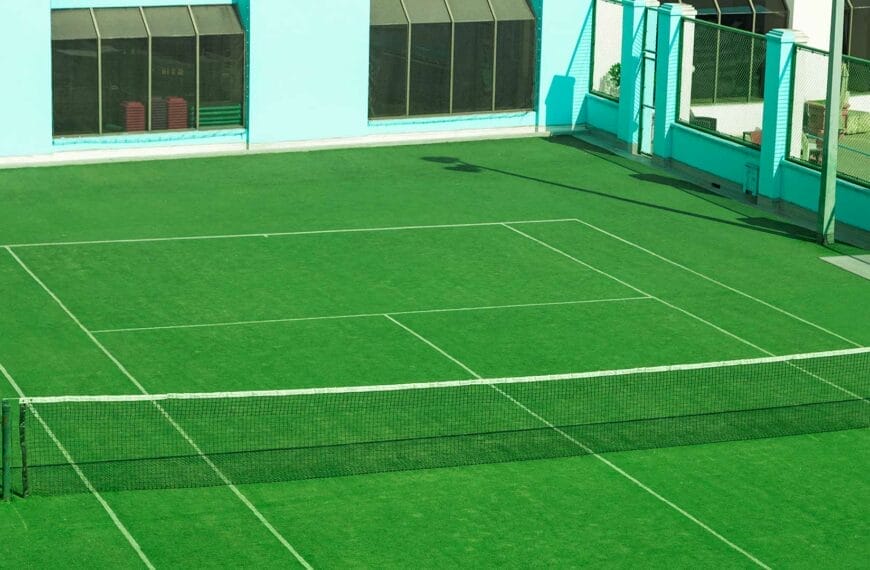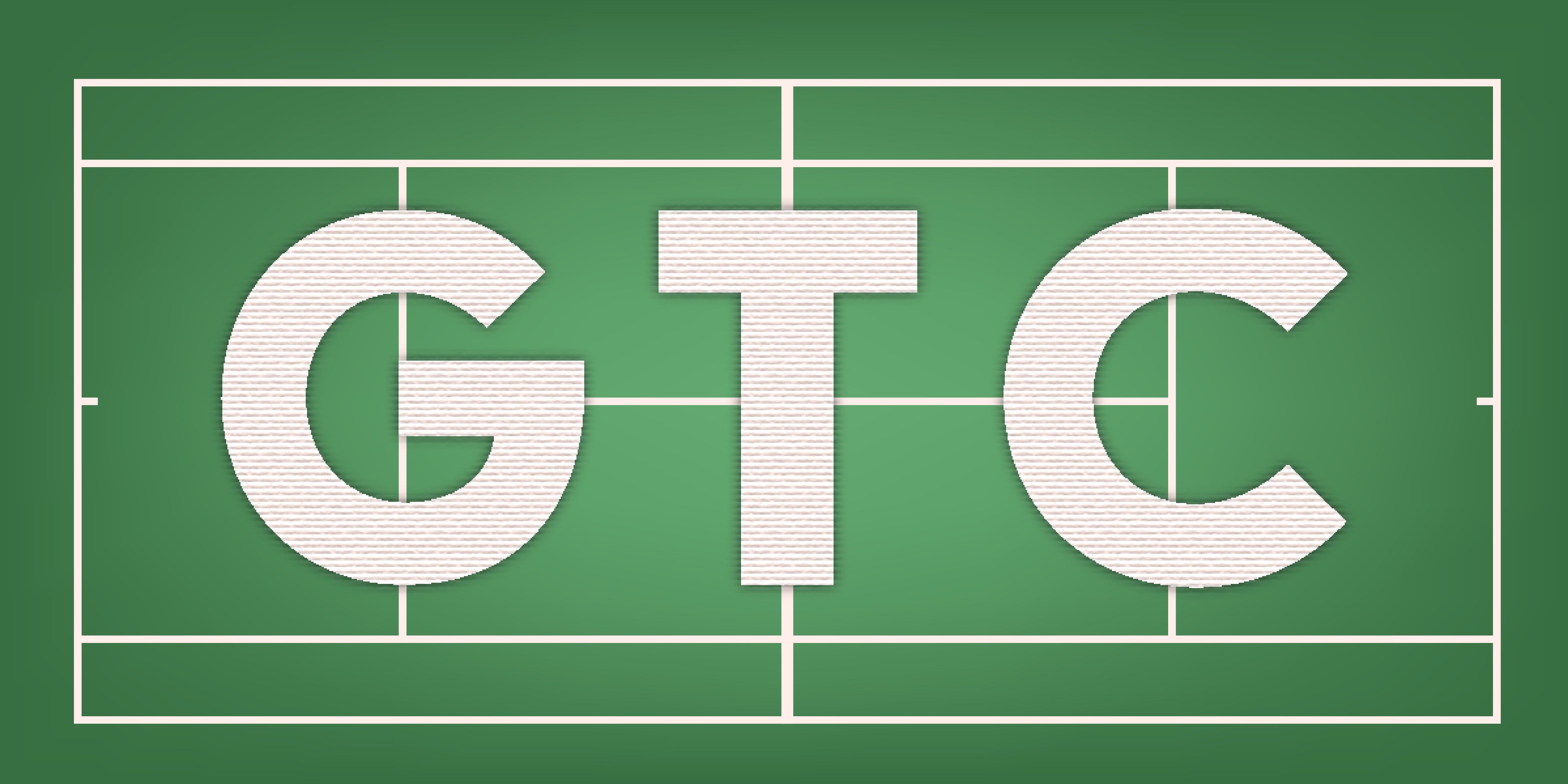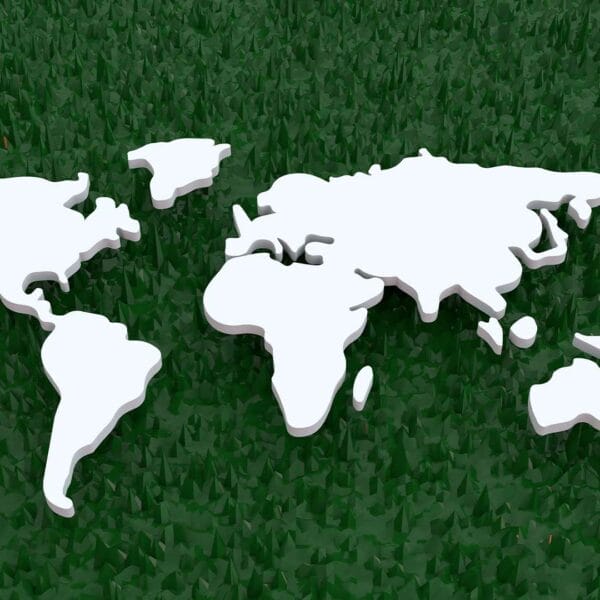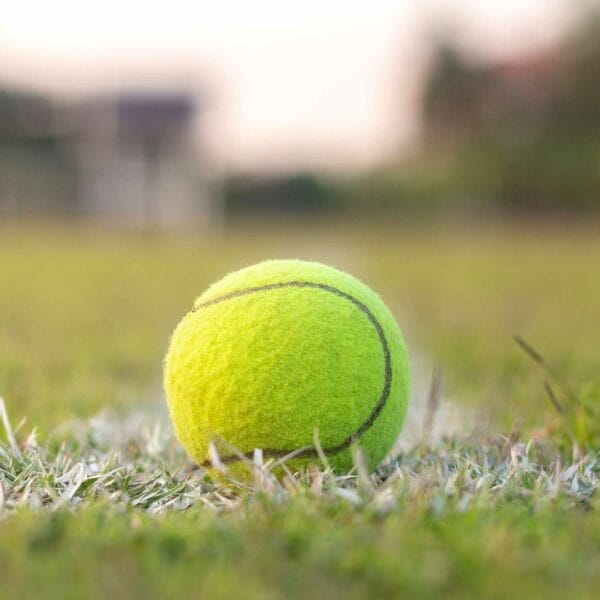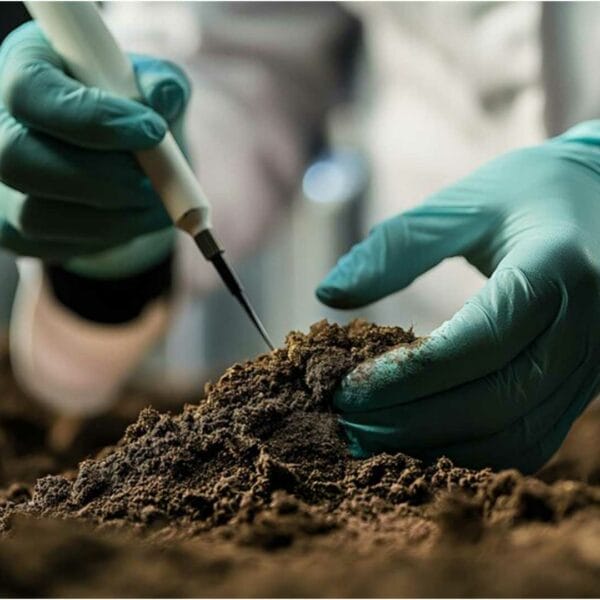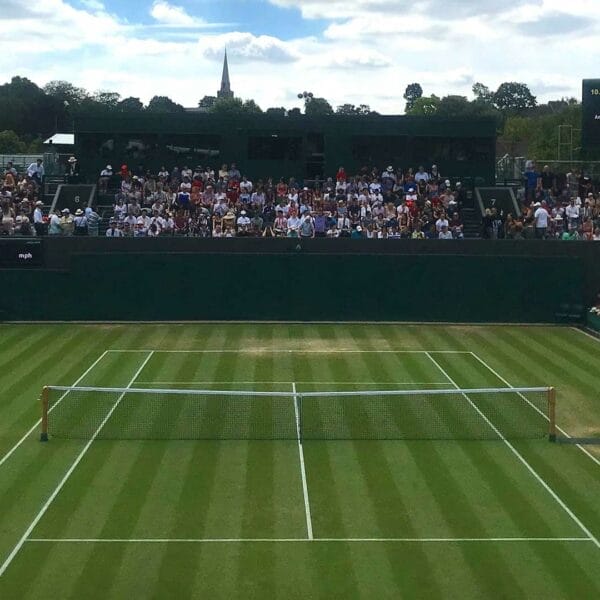When is a Ball Out in Grass Court Tennis?
Commentary on Rule 20 for Grass Court Tennis
Introduction
When it comes to tennis, the precision of line calls can be the difference between winning and losing a crucial point. This is especially true on grass courts, where the unique surface characteristics can make it challenging to determine whether a ball is in or out. One of the most debated rules in tennis is the principle that “a ball falling on a line is regarded as falling in the court bounded by that line.” However, on grass courts, where chalk lines are prone to dispersing with even the slightest impact, interpreting this rule requires extra care. In this blog post, we’ll explore how this rule applies to grass courts, the potential pitfalls in making accurate line calls, and why a puff of chalk might not always tell the whole story.
The rule “A ball falling on a line is regarded as falling in the court bounded by that line” is a fundamental principle in tennis, applicable across all surfaces, including grass courts. According to this rule, if any part of the ball touches the boundary line, it is considered “in,” and the point continues as if the ball landed inside the court.
Application on Grass Courts
On grass courts, however, this rule requires careful consideration due to the unique characteristics of the surface. Grass courts, especially when worn or dusty, can present challenges in accurately determining whether a ball has indeed touched the line:
Chalk Mark Interpretation
Grass courts often use chalk or similar marking materials to delineate the boundary lines. When the ball lands near these lines, especially at high speeds, it can cause a “puff” of chalk to appear. While this might seem to suggest the ball has touched the line, it is not always conclusive evidence. On worn or dusty surfaces, chalk may fly up even if the ball bounces just beyond the court’s limits, leading to potential misinterpretations.
Surface Conditions
The condition of the grass can further complicate line calls. On a freshly prepared court, chalk lines are clear, and the surface is more predictable. However, as the match progresses, the grass wears down, particularly along the baseline and other high-traffic areas. This wear can create irregularities in ball bounces, making it harder to judge whether the ball has touched the line.
Correct Interpretation
Given these factors, players, umpires, and line judges must rely on more than just a visible puff of chalk to make accurate calls. The correct interpretation should involve:
Observing the Ball’s Impact
A close observation of where the ball actually lands is crucial. If any part of the ball is observed touching the line, it is considered in.
Consistency in Judgement
Line calls on grass courts should consistently account for the possibility of misleading chalk puffs, ensuring that decisions are based on the ball’s actual contact with the line rather than just the appearance of chalk.
Use of Technology (if available)
In modern tournaments, technology like Hawk-Eye can assist in making these close calls, providing a precise analysis of the ball’s location relative to the line.
Conclusion
The rule stating that a ball landing on the line is “in” remains a vital part of tennis, ensuring fair play. However, on grass courts, the potential for misinterpretation due to surface conditions requires careful and informed judgment. A puff of chalk alone should not be taken as definitive proof that the ball touched the line; rather, it should be one of several factors considered in making the correct call.




